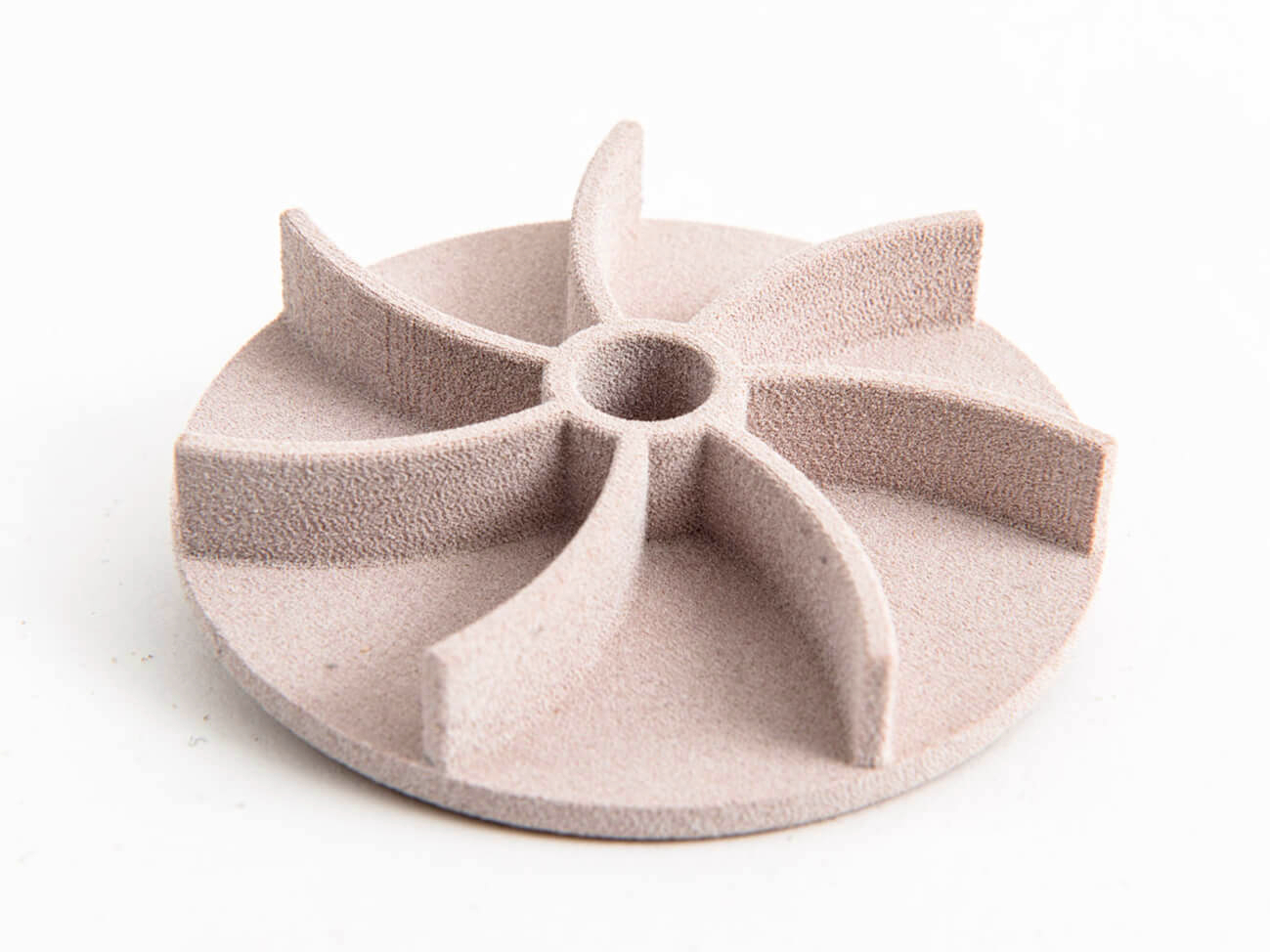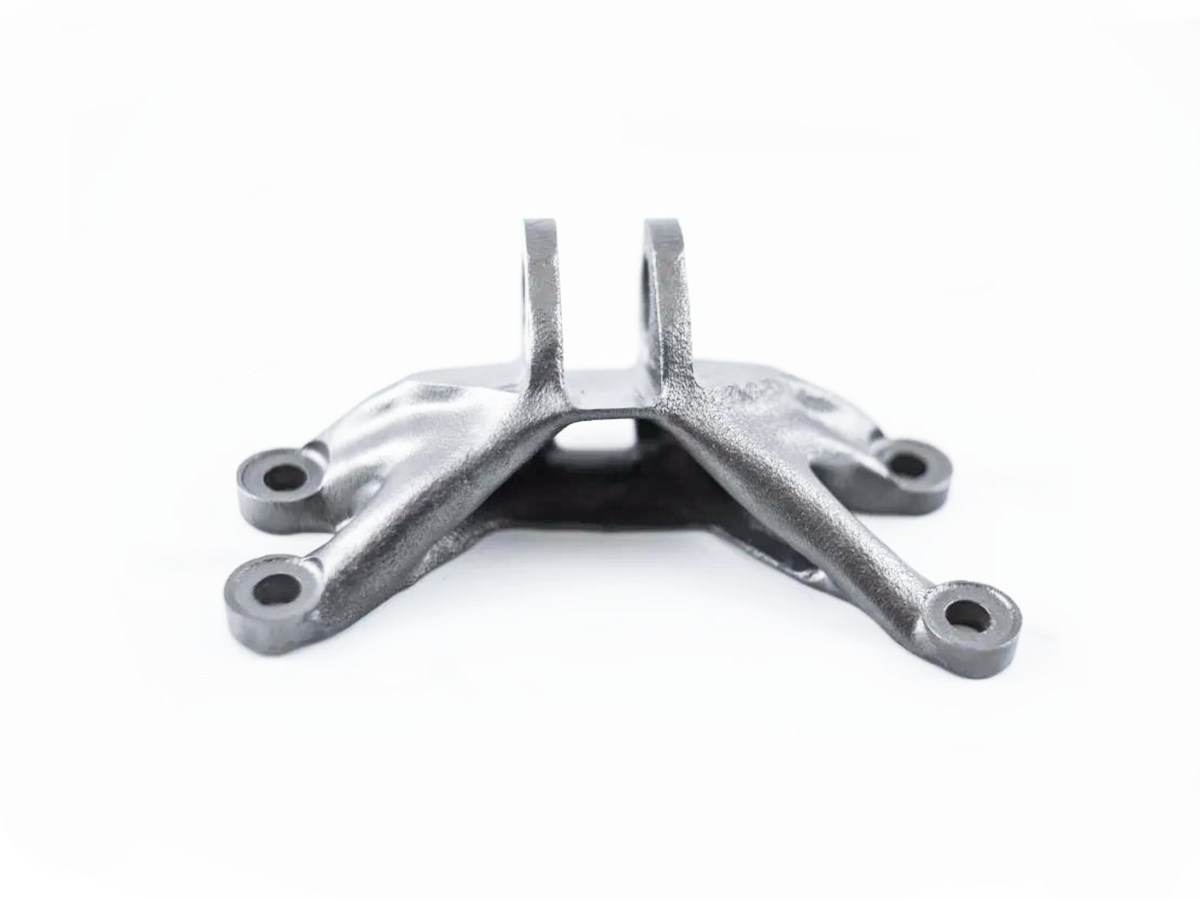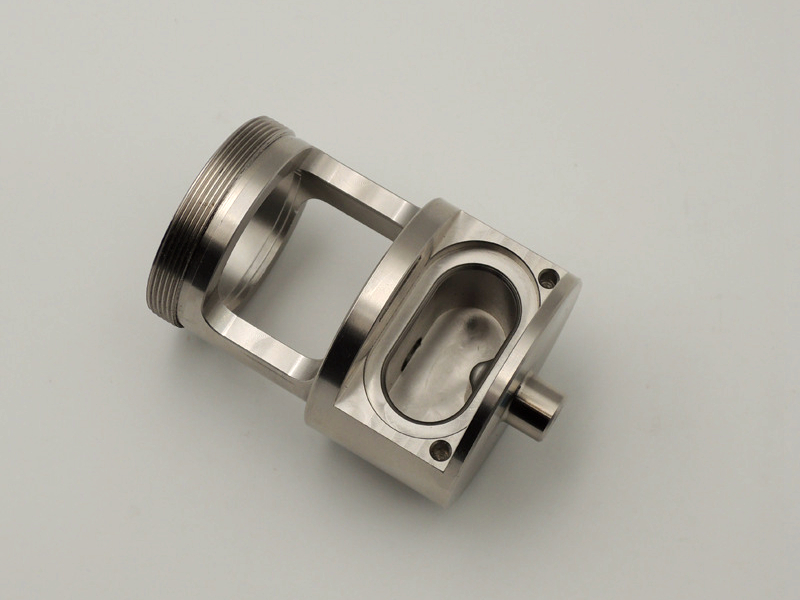What support materials are used in metal SLS, and how hard are they to remove?
From an engineering perspective, what many people refer to as “metal SLS” in practice typically refers to laser powder bed fusion processes, such as DMLS metal 3D printing or SLM metal additive manufacturing. Unlike polymer SLS, these processes rely on dedicated support structures built from the same metal powder as the part. These supports are essential for thermal management and distortion control, but they also add non-trivial effort in removal and post-processing.
Types of support used in metal SLS
Metal powder bed fusion employs several support styles: solid block supports for large overhangs, lattice or “matrix” supports that combine stiffness with ease of removal, and needle or tree-like supports for thin features. All of them are produced layer by layer from the same alloy as the part, forming a metallurgical bond.
The build starts on a thick base plate, and the first layers of both component and support are fused directly to this plate. Once the build is complete and excess powder is removed, the first step is to separate the part-and-support assembly from the base plate, typically by bandsaw or wire EDM. Only then can technicians access and remove the remaining support network.
Why metal supports are necessary
In metal processes, supports are not only for geometric reasons but also for thermal and metallurgical stability. Overhangs below roughly 45° from the build plate, thin walls, and long bridges tend to warp or crack without a rigid anchor. Supports act as heat sinks, conducting energy away from the melt pool and reducing residual stresses that would otherwise cause distortion or delamination.
For high-performance alloys like Inconel 718, components are subjected to especially severe thermal loads, making support design critical. We often treat supports as part of the engineering model: they are tuned for stiffness, contact pattern, and density during build preparation, then optimized across iterations to balance print reliability against removal effort.
How difficult is support removal?
Support removal in metal SLS/DMLS is significantly harder than in polymer SLS. Because supports are fully dense metal and metallurgically bonded, they cannot simply be brushed or washed away. The difficulty depends on alloy hardness, support geometry, and access.
First, the part is cut from the base plate. Then bulk supports are removed using band saws, chisels, carbide burrs, or abrasive tools. For precision faces and interfaces, we normally bring the part into a CNC machining service environment, where support stubs are milled off to a controlled datum. Critical sealing surfaces, bores, and fits are often finished by CNC grinding to restore roundness and surface quality.
Even after mechanical removal, small remnants and heat-affected zones can remain. These are typically cleaned up through tumbling and deburring, shot blasting, or local hand finishing. For complex internal channels, support removal can range from difficult to impossible; therefore, the need for internal supports should be avoided at the design stage.
Design strategies to reduce support removal effort
To keep support removal manageable, we engineer the part and its orientation together. Orienting the part to minimize low-angle overhangs, adding self-supporting features (such as chamfers and 45° roofs instead of flat overhangs), and splitting the design into multiple sub-parts can significantly reduce the support volume.
We also try to position support contact zones on non-functional surfaces or on stock that will be removed later by CNC machining prototyping. This ensures that any support scars are machined away, preserving surface integrity where it matters. In many custom projects, we treat metal SLS as a near-net-shape step, followed by conventional CNC to achieve final geometry and surface finish.
In summary, metal SLS does not use soluble or easily peeled support materials; supports are structural metal features that require cutting, machining, and finishing to remove. With thoughtful design and a hybrid additive–subtractive workflow, their impact can be controlled, but they remain a significant part of the overall manufacturing effort.



